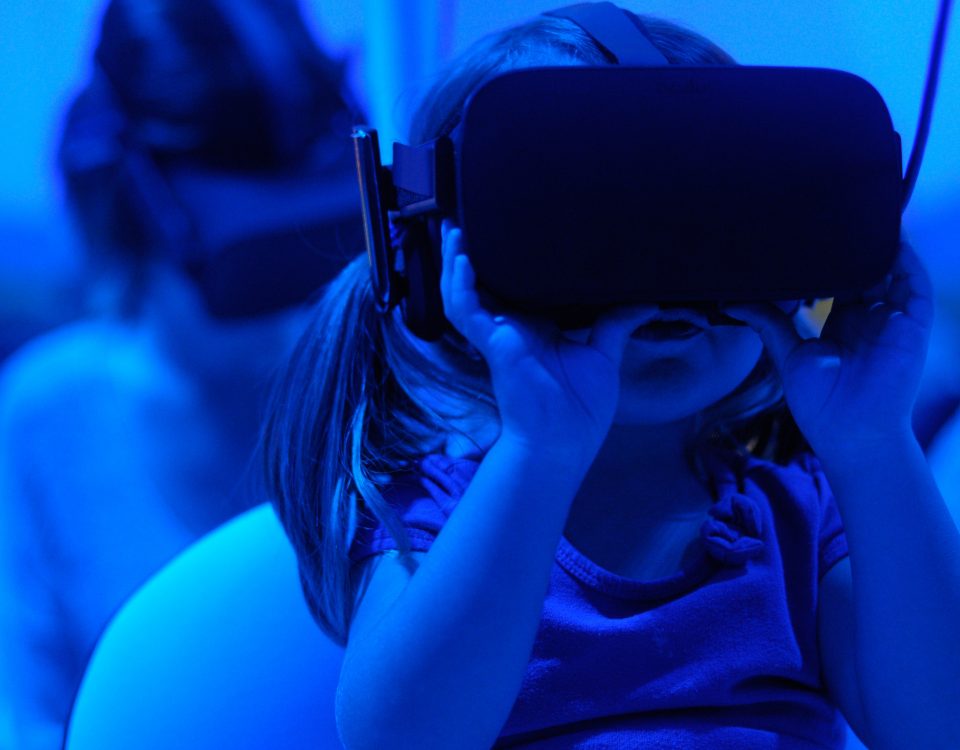The paradox as educational design: learning with and without technology

Which strategies best prepare future teachers for educational ICT-use?
July 3, 2017
Pre-service teachers as agents of change in the new Computing curriculum
August 11, 2017
We live in a VUCA world: Volatile, Uncertain, Complex and Ambiguous.
Creation of web content knows no bounds. For example, the Designly.com web site offers a summary of digital content that’s being put online at this very moment. Phenomenal. Exponential.
The information society has an impact on the (junior) teacher. The ability to channel and handle this informational deluge is getting more important in the teacher’s work (f.i. curating resources).
At the same time a teacher masters his universal skills set: engaging with students, caring for students’ learning needs, making pedagogical choices, evaluation etc. These basic skills remain essential in these turbulent times. The teacher is being confronted with rapid change and insecurity, at the same time as having an unchanging basic professional skills set.
This looks like an apparent paradox. But, we Westerners aren’t used to thinking in paradoxes. We usually think in terms of ‘ this’ or ‘ that’, ‘black or ‘ white’. Banning smartphones in schools or having the conviction that students are always using them and being distracted from learning by them.
 This solution might work on a Tuesday afternoon, in that particular group or classroom, and might not work in another classroom or different context.
This solution might work on a Tuesday afternoon, in that particular group or classroom, and might not work in another classroom or different context.
In teacher’s training programmes we don’t teach students to tackle and move between extremes. When I taught classroom management as a subject and students were asked to put forward (work) cases, they were expecting ready-made solutions. All I gave to them was “this solution might work on a Tuesday afternoon, in that particular group or classroom, and might not work in another classroom or different context.” In my opinion we do not sufficiently train teachers in handling the extremes, between autonomy and control, using ICT or not.
So, high time to introduce the paradox as educational design.
In his book “ The courage to teach” Parker Palmer describes lots of aspects of passion for teaching. This book has been a constant source of inspiration to me. In chapter III A The Hidden Wholeness, the author talks about the six paradoxes of teaching and learning (p.6”). I apply some paradoxes to the concepts of technology and learning.
Space should be bounded and open
Learning space is limited by certain contents, questions and multimedia. At the same time a learning space should be open. The teacher issues certain learning tasks and multimedia suggestions for the students to use, but also creates openness and the freedom for them to use ICT in a creative way.
Space should be hospitable and ‘charged’
An inviting space offers security and safety. A group discussion can create safety in a subject like cyber bullying and search tasks concerning sensitive subjects. On the other hand, if we want to facilitate deep learning in our students we have to prefill or load the learning space with specific tasks to make them experience the chaos of the web.
The learning space should appeal to the individual learner as well as the group of learners. It should honour the ‘little’ stories of the students and the ‘big’ stories of the subject (content) and tradition.
Students are being challenged to visualise their inner worlds (making collages on Instagram or Flickr). However, the classroom is more than just a podium for individual expressions. Thus the big stories of the subjects and the group should be made visible by using a group (class) blog for example.
The space should respect isolation (individuality) and surround it with the resources of the community.
The student needs time and self-integrity and simultaneously needs to ‘come out into the open’ and engage in the outside world. ICT can support these extremes. In our teacher’s training college we use open blogs (students’ Wall of Fame) while at the same time respecting the individuality by restricting the access to reflection reports within the Google Drive environment.
Space should welcome both silence and speech.
Words are not the only medium in teaching and learning; we can also teach in silence. Creating forums, Facebook groups and other means of direct (online) contact is very much OK. The opportunities are almost boundless. But, do we also create space for contemplation and reflection in these hectic times? Geraerts (2015) emphasizes the importance of contemplation for our brain. Mind wandering (and mindfulness) is essential for creativity.
So, consider this. What would it be like to stop thinking in terms of and/or, not having a fixed, black-and-white mindset? Instead, fostering a growth mindset of and … and? nicez, imho.
I am the wisest man alive, for I know one thing and that is that I know nothing
- Plato
References
Geraerts, E. G. (2015). Mentaal kapitaal: Versterk je mentale veerkracht en vermijd burn-out. Tielt: Lannoo.
Palmer, P. J. (1998). The courage to teach: Exploring the inner landscape of a teacher's life. San Francisco, CA: Jossey-Bass.






